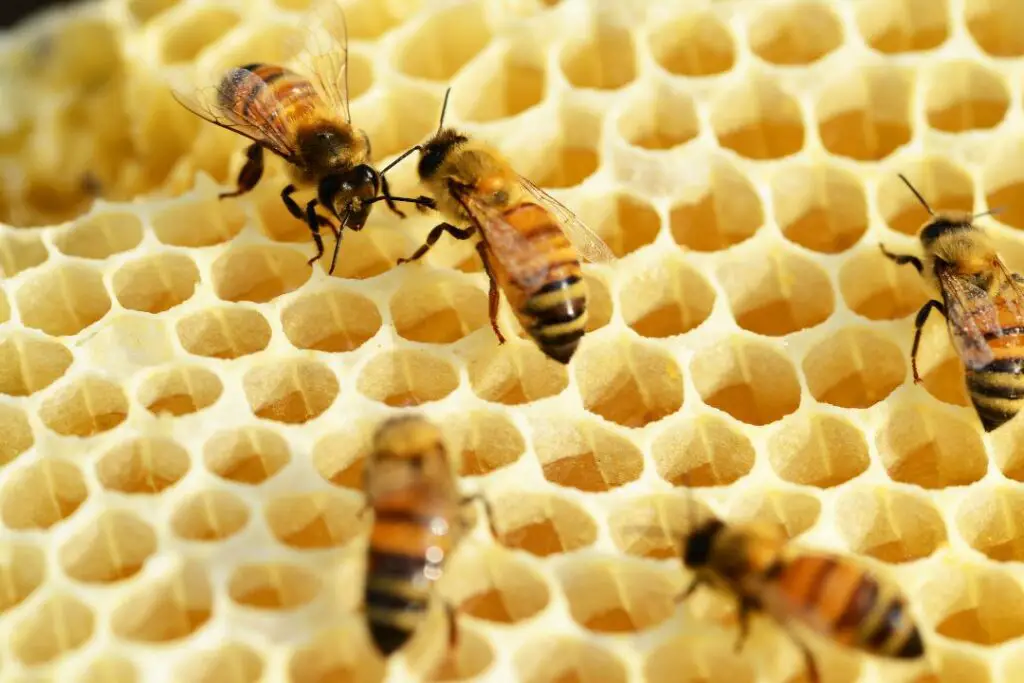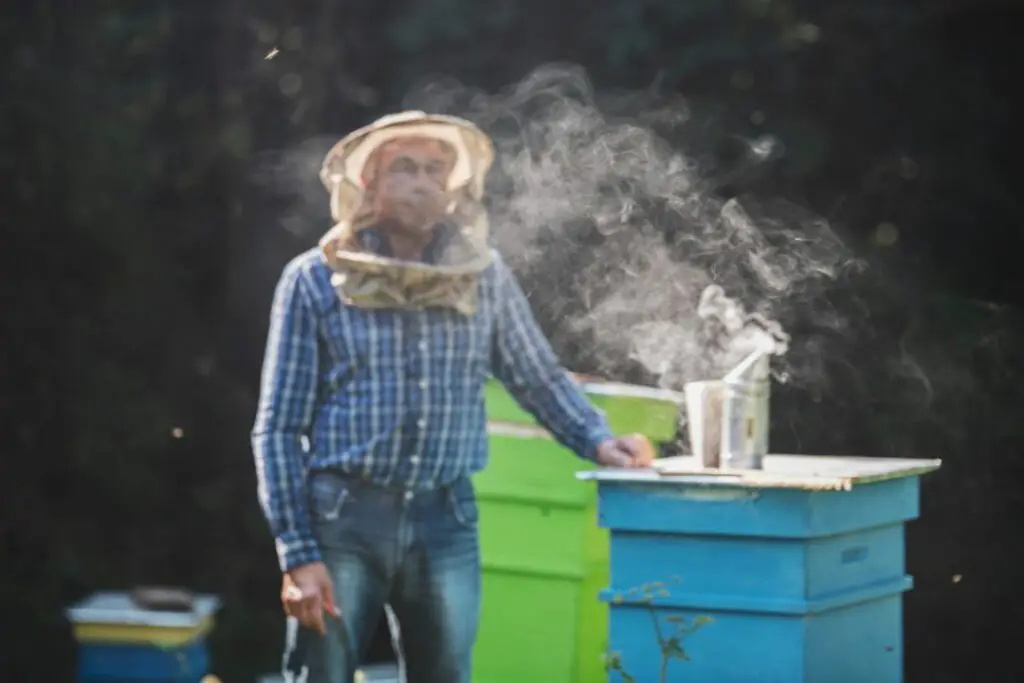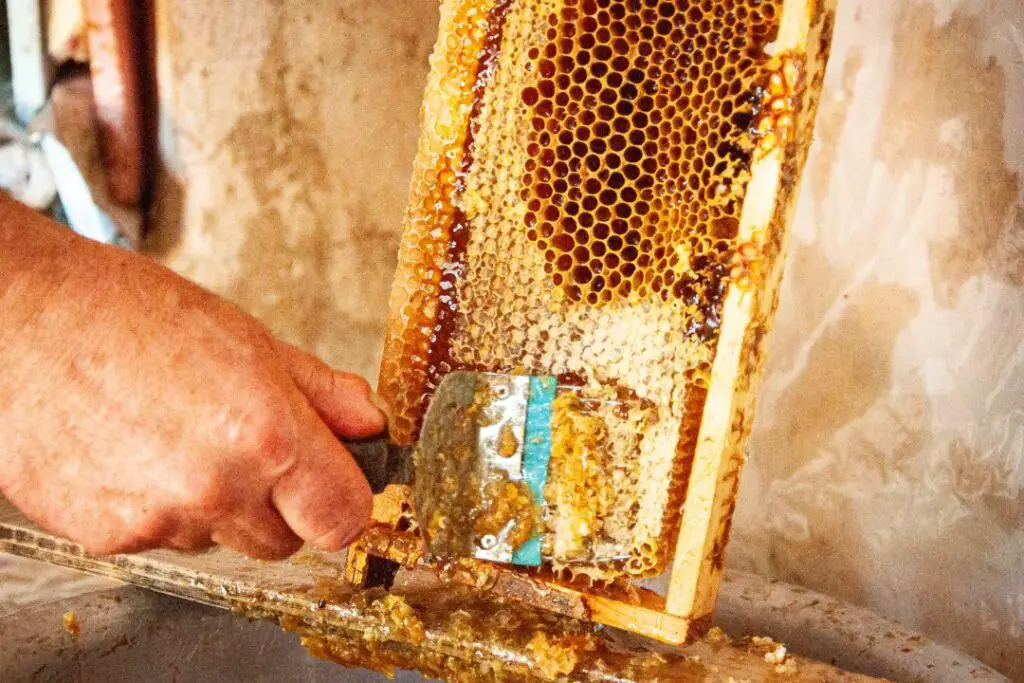Colony Collapse Disorder is still a mystery amongst beekeeping and scientific circles.
But this isn’t much good if you’re trying to find out how to fix CCD, but thankfully we know enough to help.
We’ve created a helpful guide that’ll help you understand, diagnose and treat CCD to the best of your ability.
What Is Colony Collapse Disorder?
Colony Collapse Disorder (CCD) is a phenomenon that occurs when the majority of worker bees in a colony disappear or die.
This means the hive or nest is left with only the queen bee and a few immature bees.
CCD has been a significant concern for beekeepers and the agricultural industry.
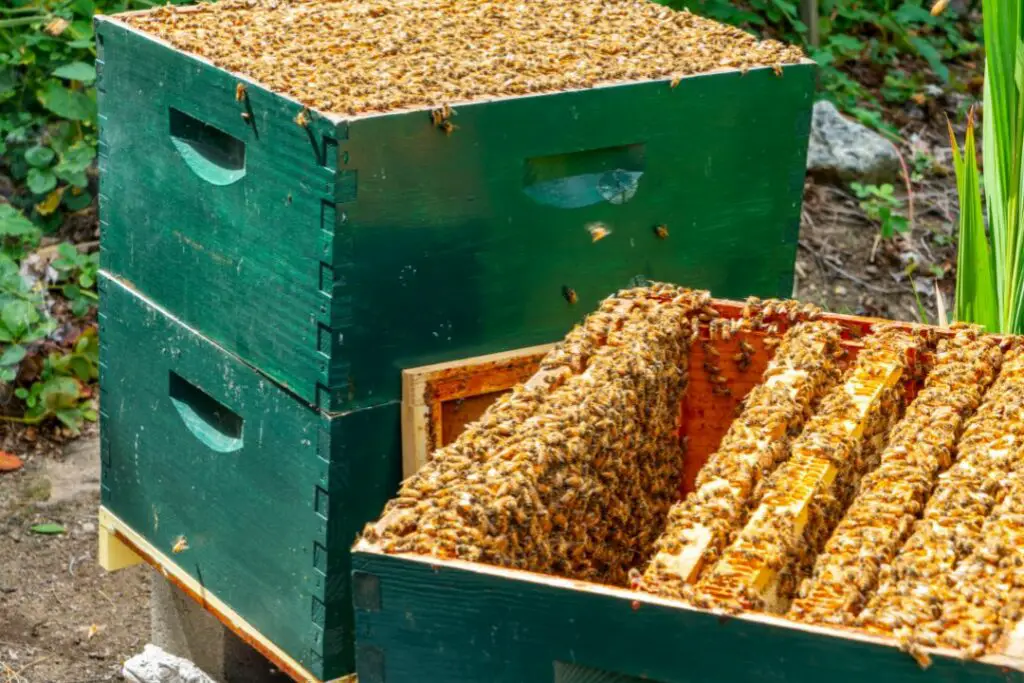
What’s The Cause Of CCD?
The exact cause of CCD isn’t fully understood, but there seem to be some similarities among cases that help point us in the right direction.
Varroa Mites and Parasites
Varroa mites are external parasites that feed on bees and transmit diseases, weakening their immune system and making them more susceptible to other stresses.
Pesticides and Chemical Use
Exposure to pesticides, particularly neonicotinoid pesticides, has been linked to CCD.
Bees can contact these chemicals through contaminated pollen, nectar, water or proximity to sprayed agricultural crops.
Poor Nutrition
A lack of nutritious food sources or water can weaken bee colonies, making them more vulnerable to diseases and, in turn, Colony Collapse Disorder.
Pathogens and Diseases
Various viral, bacterial, and fungal pathogens can infect bee colonies, causing significant damage and contributing to CCD.
These include:
- Varroa Mites (Varroa destructor): External parasites that infest honey bees. They weaken bees by feeding on their hemolymph (bee blood) and transmitting viruses.
- Deformed Wing Virus (DWV): A viral infection commonly transmitted by varroa mites. It causes deformed or underdeveloped wings in bees, resulting in flight difficulties and reduced lifespan.
- Nosema Disease: Nosema apis and Nosema ceranae are microsporidian parasites that infect the bees’ gut. Infected bees may exhibit symptoms such as dysentery (diarrhoea), decreased lifespan, and reduced foraging efficiency.
- Israeli Acute Paralysis Virus (IAPV): IAPV can cause paralysis and mortality in adult bees, leading to the collapse of affected colonies.
- Sacbrood Virus (SBV): Another viral infection affecting honey bee broods (larvae). Infected larvae exhibit a characteristic sac-like appearance, fail to pupate properly, and eventually die.
Stress and Environmental Factors
Transportation of hives, habitat loss, climate change, and environmental pollution can weaken bee colonies and make them more susceptible to CCD.
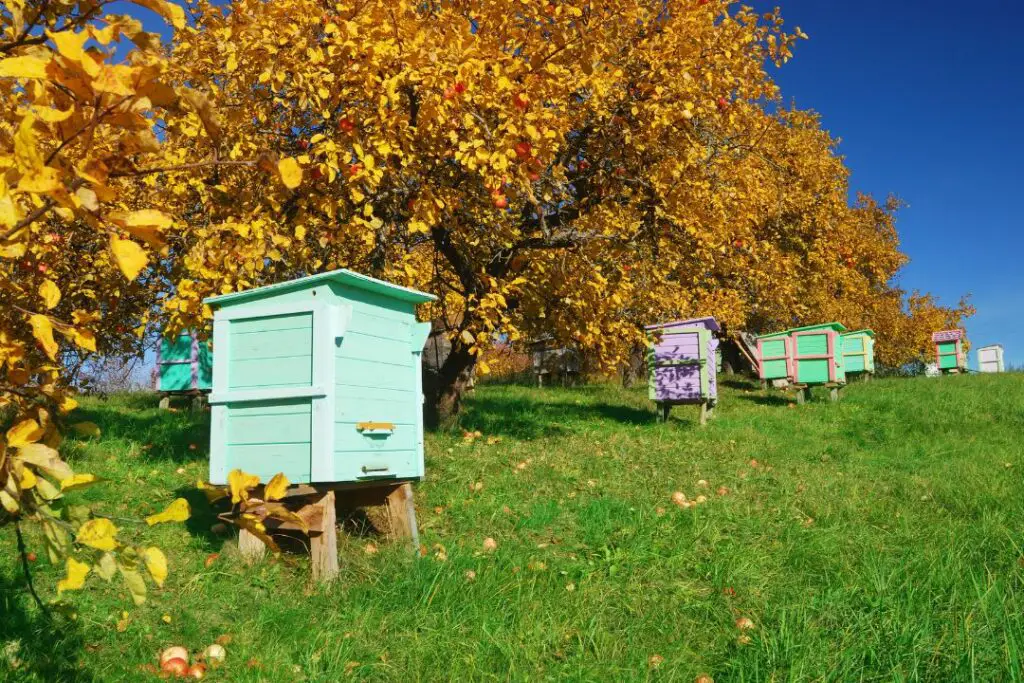
How Do You Identify CCD?
Identifying Colony Collapse Disorder (CCD) in bees can be challenging.
It’s characterized by the sudden disappearance or death of worker bees, but there are some other things you can look out for.
High Colony Losses
It could be a sign of CCD if you observe a rapid and significant decrease in worker bees in a hive, leaving behind a small population with no apparent explanation.
Absence of Dead Bees
CCD colonies often have a notable absence of dead bees. The disappearance of worker bees without evidence of their carcasses is a characteristic feature of CCD.
Abandoned Food Stores
Affected colonies may have ample food stores left behind, including honey and pollen.
This food surplus indicates that the bees did not consume or deplete their resources before the colony collapsed.
Weak or Disoriented Bees
Affected bees may exhibit signs of weakness, disorientation, or abnormal behaviour. They may be unable to fly properly or show reduced grooming and other signs of overall poor health.
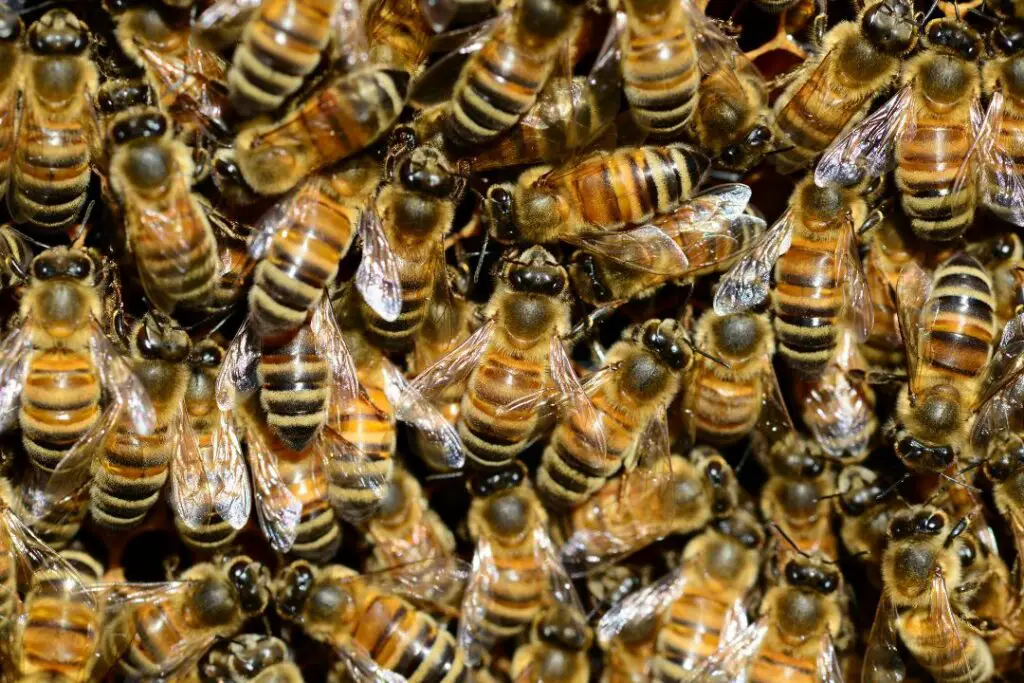
How Do You Fix It?
Now we’ve covered all the doom and gloom, let’s look at how you can stop Colony Collapse Disorder.
Treating CCD is more about prevention than anything else, so let’s look at what you can do to help bee populations struggling with this awful phenomenon.
Integrated Pest Management
Regular monitoring, timely mite treatments, and employing beekeeping techniques that reduce mite populations can help reduce the negative impact of mites on colony health.
Good Nutrition
Providing bees with a diverse and nutritionally balanced diet is crucial.
Planting various flowering plants that bloom throughout the year can ensure a continuous and ample supply of pollen and nectar.
Reduced Pesticide Use
Minimize the use of pesticides, especially neonicotinoids.
If pesticide application is necessary, follow guidelines for safe use and consider alternative methods that are less harmful to bees and other pollinators.
Disease Management
Look for signs of diseases, early detection, and appropriate treatment when necessary.
This may involve hive hygiene, regular queen replacement, and taking steps to prevent the spread of pathogens.
Reduce Stress Factors
Minimize stress factors that can weaken colonies, such as excessive transportation, abrupt environmental changes, and overcrowding.
Provide adequate space and ventilation in hive setups, and avoid unnecessary disturbance of colonies.
Education and Research
Staying informed about new research and best practices in beekeeping can help enhance your knowledge of bee health and management techniques.
Beekeepers are always developing new best management practices that can help keep your bees healthy.
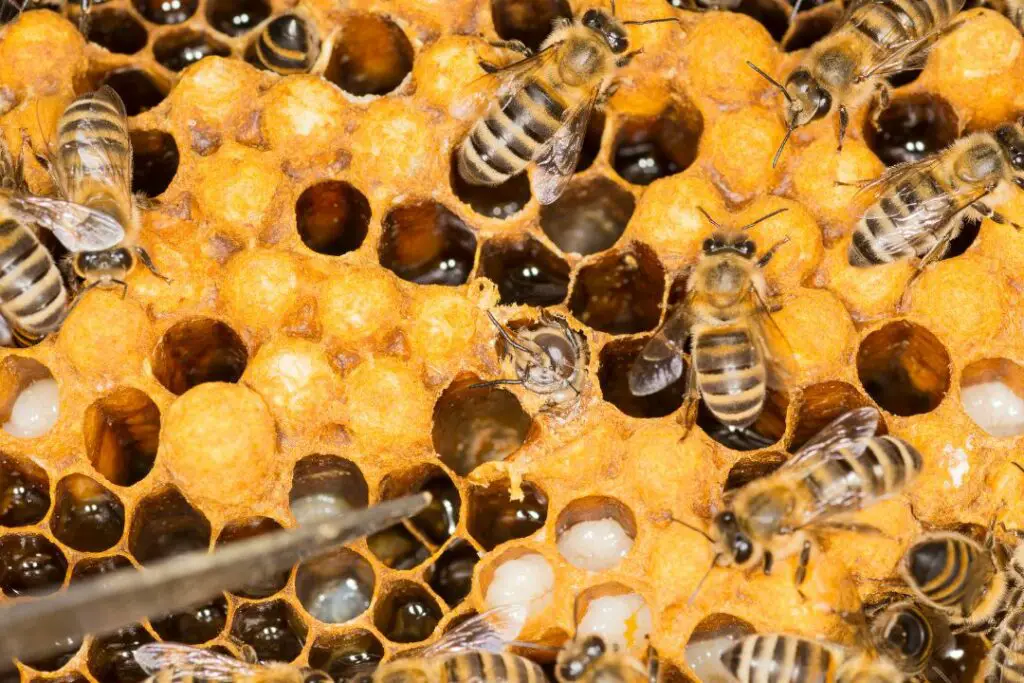
Conclusion
Combining all these approaches and adopting a holistic and proactive approach to beekeeping can reduce the risk of the CCD phenomenon and promote your colonies’ overall health and survival.
Collaborating with local beekeeping associations and experts can provide valuable guidance and support in implementing effective prevention strategies, so make sure to get in touch.
If you’ve found this helpful, don’t miss our other fascinating reads packed with insights into bees, beekeeping and pollinators.

